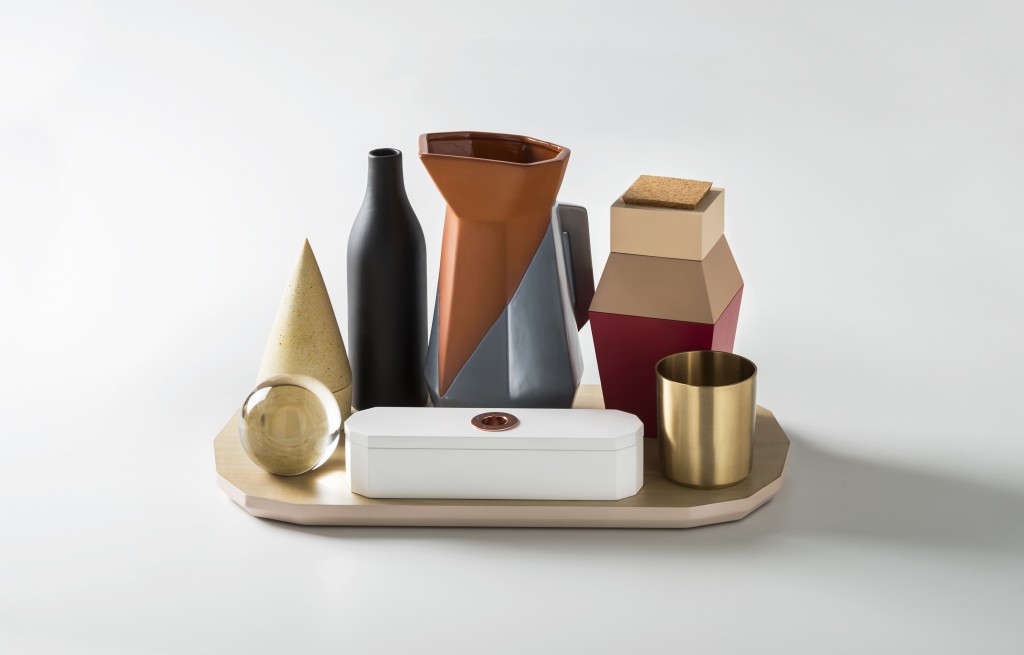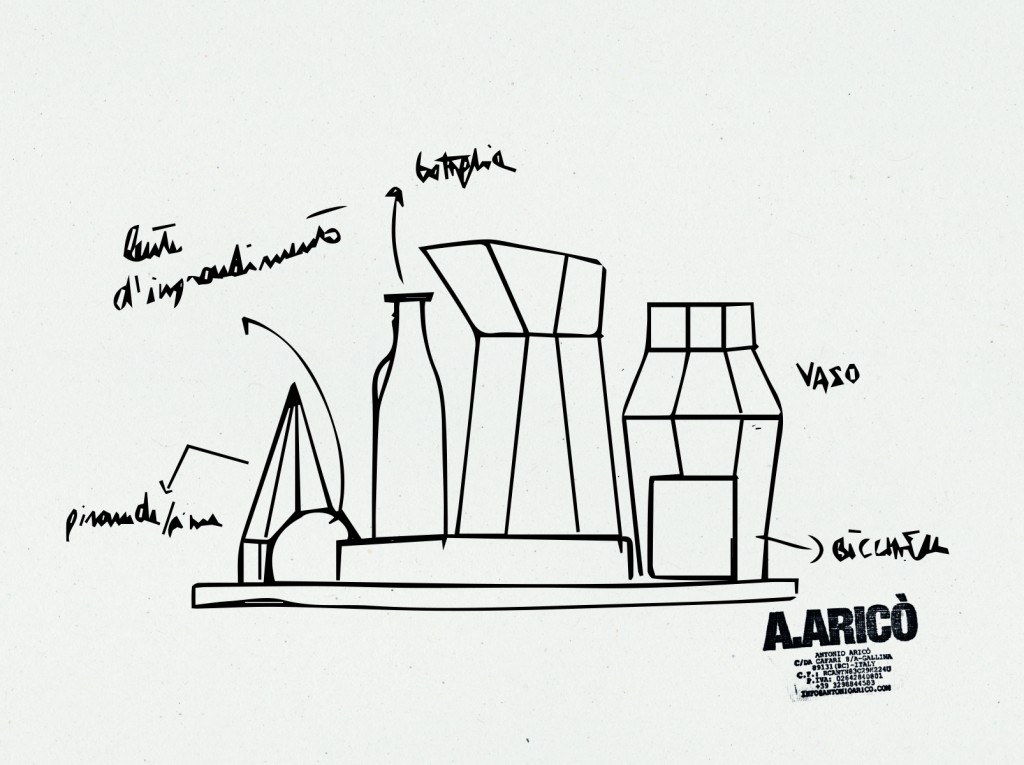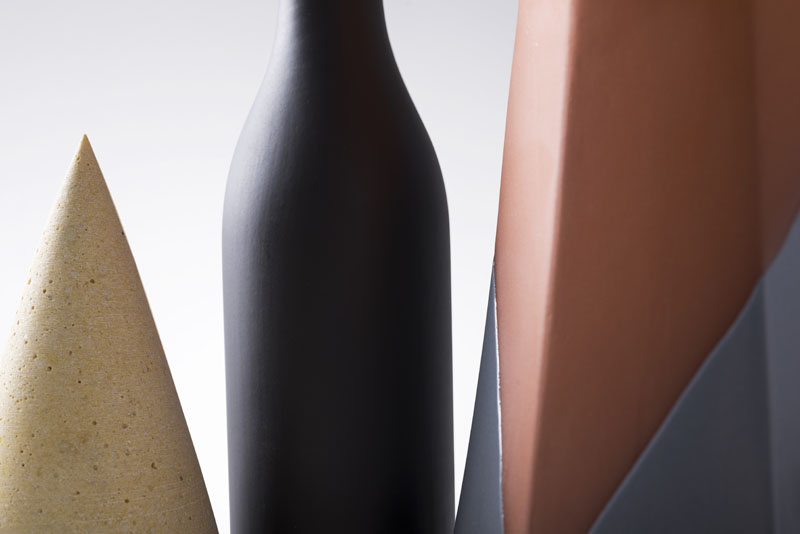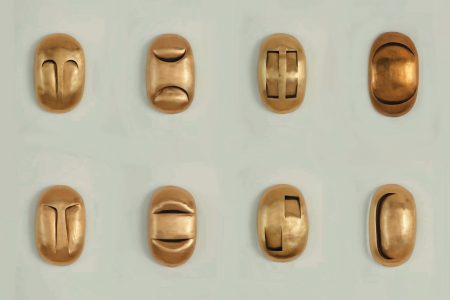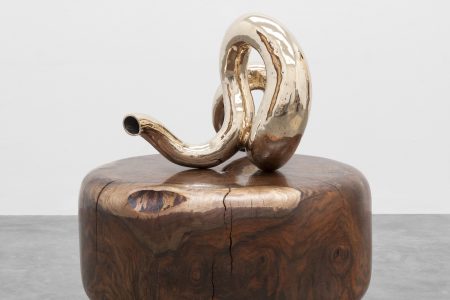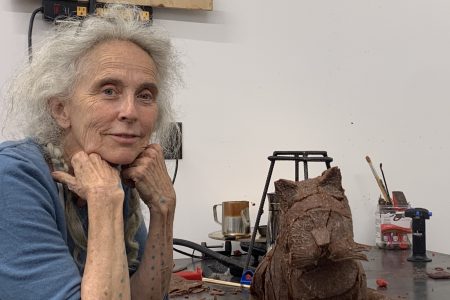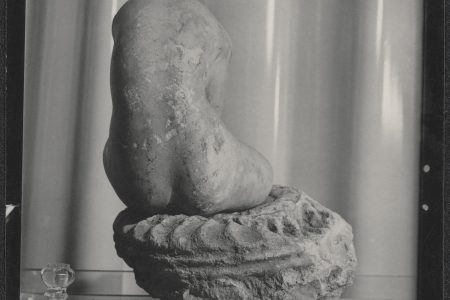Still Alive by Antonio Aricò for Seletti
Playing on the age-old qualities of still lifes, Italian designer Antonio Aricò debuts Still Alive – a set of desk accessories – for Seletti during Art Basel / Miami Beach. In the guise of adoring our workspaces with tactile objects, this new series of aesthetically pleasing yet functional objects arrives as a “graceful detournement:” moving objects from one context to another by infusing different function and storytelling. As an eclectic arrangement of forms, quotidian users are able to break from their mutinous routine and interact with different programmes: a terracotta pitcher can hold rulers or other elongated utensils while a brass cup can hold regularly used pens and pencils. A “celadon” resin pyramid holds one’s most-prized treasures and a spherical magnifying glass helps them to read more closely.
